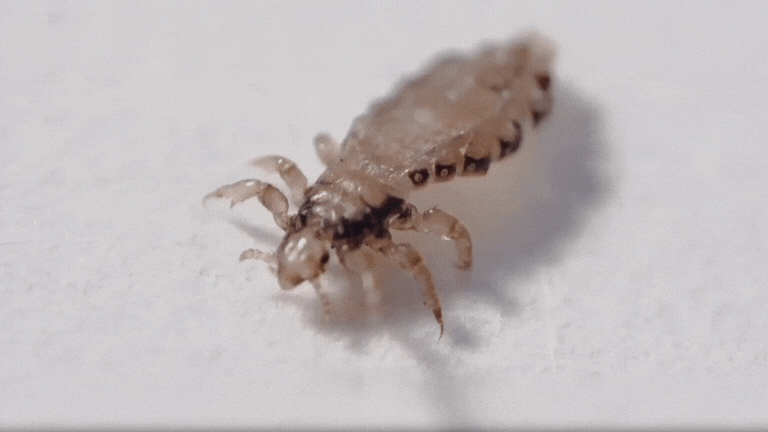Itchy, Scratchy, Biting No More
Protect Your Pup: The Ultimate Guide to Preventing Fleas, Ticks and Lice

Preventing parasites is essential for keeping your dog healthy
Preventing parasites is fundamental for keeping your dog healthy. Dogs can contract fleas, ticks, and lice through contact with other infested animals in various settings, such as dog parks, kennels, or simply by interacting with a neighbor's pet. Additionally, these parasites can be picked up in infested environments like tall grass or wooded areas where they thrive.
Detecting fleas, ticks, and lice on your dog can be a challenging task, but there are several signs to look out for. Flea bites can cause itching, redness, and hair loss in dogs, while ticks can induce similar symptoms along with a bump or rash at the bite site. Lice can lead to scratching, biting, and hair loss as well. In some instances, you may be able to see the parasites themselves, but they can often be difficult to spot. Regularly checking your dog's coat and skin, especially after spending time in areas where these parasites are known to be present, is essential for early detection and intervention.
"Regular grooming is important to keep parasites at bay"
Preventing fleas, ticks, and lice is crucial for maintaining your dog's health and happiness. One vital preventative measure is regular grooming, which can help you detect and remove parasites from your dog's coat. Utilizing flea and tick preventatives, such as topical treatments or collars, can also be effective in preventing infestations. It is equally important to avoid areas known to be infested with these parasites and to keep your dog's living area clean and free of debris to make it less appealing to parasites.
If your dog does become infested with fleas, ticks, or lice, there are several treatment options available. Topical treatments, oral medications, and dips can be employed to kill and remove the parasites from your dog's coat and skin. It is essential to follow the product instructions carefully and consult with your veterinarian to ensure that you are using the most suitable treatment for your dog.

Fleas, ticks, and lice are common parasites that can infest dogs and cause a variety of health issues. Understanding how to contract, detect, and prevent these parasites is essential for keeping your dog healthy and happy. Regular grooming, using flea and tick preventatives, avoiding infested areas, and using appropriate treatment measures can all help to keep your dog free from these parasites. And consulting with your vet will ensure the best treatment for your dog.
